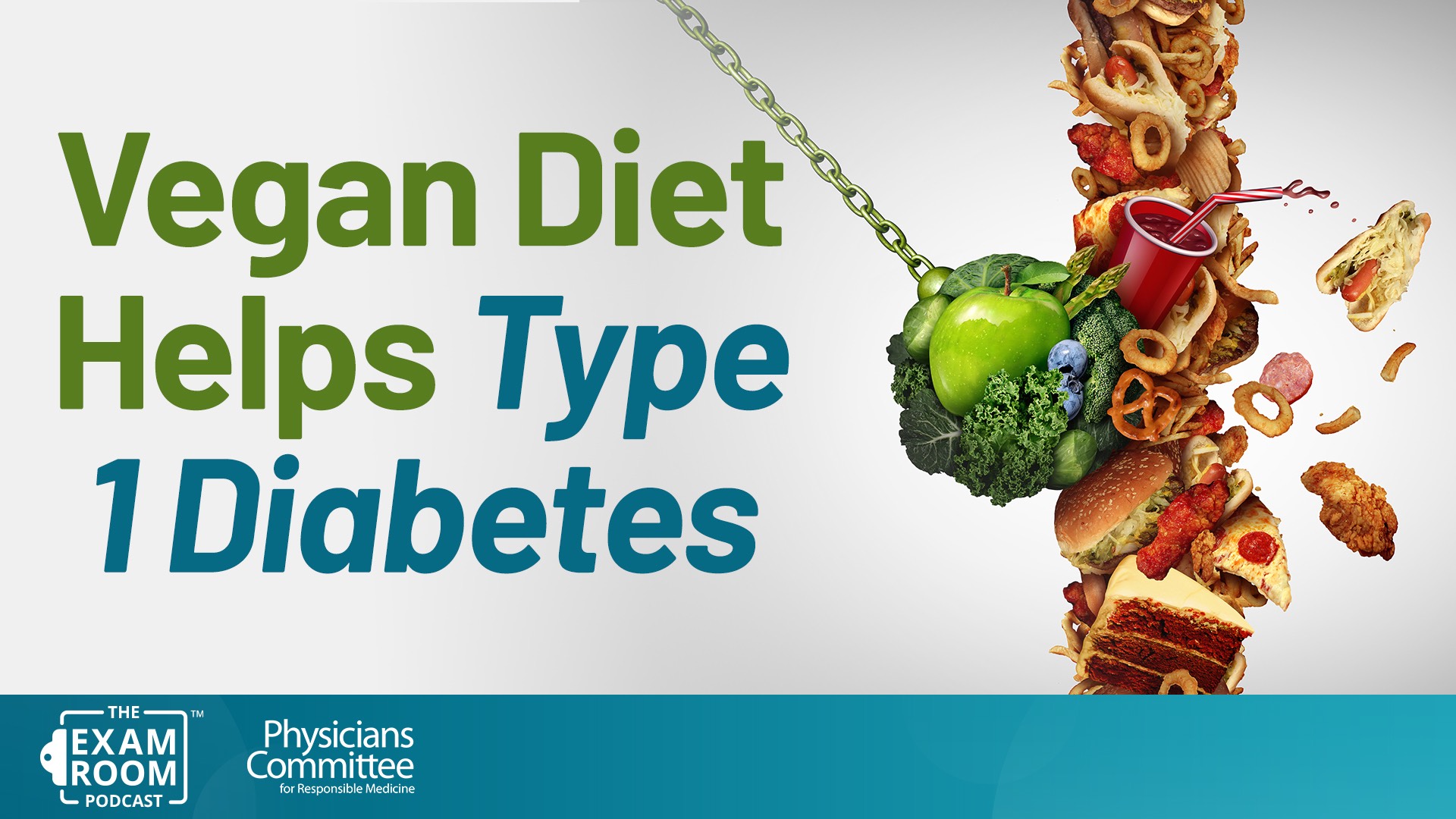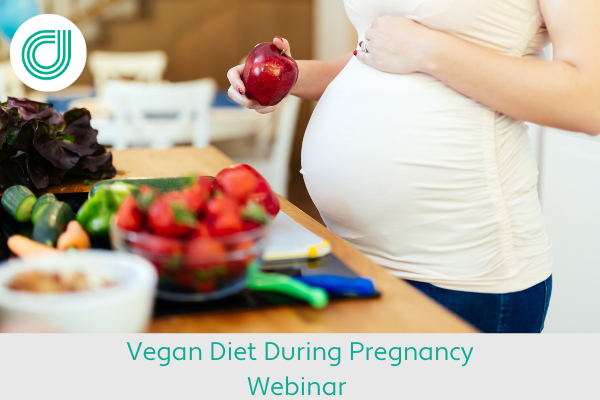
If you've never had seitan before, it's a meat alternative that comes from wheat gluten. The meat alternative is usually made at home, using vital wheat protein, but you can also buy it in pre-packaged forms like Tofurky's deli slices and frankfurters or vegan burgers by Fakin' Bacon.
There are two main ways to make seitan. Either a laborious, time-consuming process that involves soaking the flour and then washing it or a simpler method that uses vital wheat gluten and other ingredients. Both methods require time and patience to perfect, but both produce a high-protein, savory meat-like texture that can be used in recipes ranging from soups to stir-fries to sandwiches.
Food Seitan
The easiest way to get the smoky, nutty flavor of this meat-alternative is to mix it with a bit of soy sauce and cook it in a flavorful simmering liquid such as water, vegetable broth, or a combination of these. The result will be a moist seitan that is ideal for frying, grilling or adding to favorite dishes.

Seitan Meat
When sliced or cubed, this vegetarian meat substitute is delicious on sandwiches and as a topper for salads, tossed in chili, or mixed with pasta instead of ground beef. It's also great paired with a side of vegetables and fruit for a satisfying, healthy dinner.
Gyros
This vegetarian gyro can be served in a pita with hummus or tabouli. This is a tasty and versatile option, thanks to the additions of spices and herbs.
Steaming Seitan Bites
This crispy, smoky seitan is great as a snack. It can also be used to top a sandwich or make a vegan-friendly gyro. It can be used for Asian-inspired foods, such this quick Korean-style recipe.
Steamed Seitan Chicken with Creamy Garlic Sauce
This spicy, tangy and smoky Seitan Chicken is ideal for an appetizer, light lunch, or served with a dip sauce, like a creamy garlic. It is also an excellent meatless meal for a full-bodied meal.

Satin Vegan
Seitan is one of the most popular plant-based alternatives to meat, and with good reason. It is a plant-based alternative to meat that has a taste and texture as close as you can get to real chicken.
You can eat it in a meal with other vegetables and proteins, such as nuts, beans, or legumes. You can eat this as a whole meal. Combine it with vegetables and other plant-based proteins to get the essential nutrients your body needs.
If you are new to the world meatless eating, seitan can be a good place to begin! You can either buy it at your local grocery store or make seitan yourself using vital wheat gluten. In order to develop gluten in the dough, you must properly knead this dough and maintain it at a consistent temperature.
FAQ
Which 10 foods are your favorite?
These are the 10 best foods you can eat:
-
Avocados
-
Berries
-
Broccoli
-
Cauliflower
-
Eggs
-
Fish
-
Grains
-
Nuts
-
Oats
-
Salmon
What's the difference between fat/sugar?
Fat is an energy source from food. Sugar is naturally found in fruits and veggies. Both fats as well as sugars contain the same amount of calories. Fats however, have more calories than sugars.
The body stores fats and they can lead to obesity. They can lead to cholesterol buildup in the arteries, which could cause heart attacks or strokes.
Sugars provide instant energy and are rapidly absorbed by the body. This causes blood glucose levels in the body to rise. High blood sugar levels can cause type II diabetes.
Exercise: Good and bad for immunity?
Exercise is good for your immune systems. Exercise increases white blood cell production, which helps fight off infection. You also get rid toxins. Exercise can help you avoid heart disease and other illnesses like cancer. It reduces stress.
Exercising too often can cause your immune system to be weaker. Exercising too hard can make your muscles sore. This can cause inflammation and swelling. Your body then needs to make more antibodies in order to fight infection. However, these antibodies can also cause allergic reactions and autoimmune diseases.
So, don't overdo it!
What should I eat?
You should eat lots of vegetables and fruits. They provide vitamins and minerals to keep your immune systems strong. Vegetables and fruits are high in fiber which helps to digest and fill you up. Aim to eat five to six servings of fruit or veg each day.
Make sure you drink plenty of water too. Water flushes out toxins and helps you feel full between meals. Drink about eight glasses each day.
Choose whole grains over refined ones. Whole grains contain all of their nutrients, including B vitamins and iron. Some nutrients have been removed from refined grains.
Avoid sugary drinks. Sugary drinks can be a source of empty calories, which can lead to obesity. Choose water, milk or unsweetened tea instead.
Avoid fast food. Fast food is low in nutritional value. While it might taste good, it won't give your body the energy it needs to function properly. Avoid soups, sandwiches and other unhealthy options.
Limit alcohol consumption. Alcohol contains empty calories and contributes to poor nutrition. Limit your intake to two alcoholic drinks per week.
Reduce red meat intake. Red meats have high levels of cholesterol and saturated fat. You should choose lean cuts like beef, pork lamb, chicken and fish instead.
How do I count calories?
You may be wondering "what is the best diet for you?" or "is counting calories necessary?" The answer is dependent on many factors like your current state of health, your personal goals, how you prefer to eat, and your overall lifestyle.
The Best Diet For Me - Which One Is Right For You?
The best diet for me depends on my current health status, my personal goals, my preferences, and my overall lifestyle. There are many different diets, some good, some not. Some work well for certain people while others don't. So what do I do? How do I make the right choice
These are the questions this article will answer. The article starts by introducing the many types of diets currently available. The pros and cons of each diet are then discussed. We'll then discuss how to choose which one is best for you.
Let's look at some of the main types of diets to get started.
Diet Types
There are three types of diets available: ketogenic, high-protein, and low-fat. Let's talk about them briefly.
Low Fat Diets
A low-fat diet restricts fat intake. This is done by reducing your intake of saturated oils (butter and cream cheese, etc.). They are replaced by unsaturated fats such as avocados, olive oil, and cream cheese. People who are looking to lose weight quickly and easily will benefit from a low-fat diet. This diet can cause constipation, heartburn, and stomach problems. A person may also experience vitamin deficiencies if they don't get enough vitamins.
High Protein Diets
High protein diets restrict carbohydrates in favor of proteins. These diets usually have higher amounts of protein than other diets. These diets are designed to build muscle mass and help you burn more calories. However, they might not provide enough nutrition for those who need to eat frequently. They are not suitable for all people because they can be restrictive.
Ketogenic Diets
The ketogenic diet is also known by the keto diet. They are high on fat but low in carbs and proteins. These are often used by bodybuilders and athletes because they allow them the ability to train harder and for longer periods of time without feeling tired. However, they must be used with caution to avoid nausea, headaches and fatigue.
Statistics
- Extra virgin olive oil may benefit heart health, as people who consume it have a lower risk for dying from heart attacks and strokes according to some evidence (57Trusted Source (healthline.com)
- According to the 2020 Dietary Guidelines for Americans, a balanced diet high in fruits and vegetables, lean protein, low-fat dairy and whole grains is needed for optimal energy. (mayoclinichealthsystem.org)
- The Dietary Guidelines for Americans recommend keeping added sugar intake below 10% of your daily calorie intake, while the World Health Organization recommends slashing added sugars to 5% or less of your daily calories for optimal health (59Trusted (healthline.com)
- WHO recommends reducing saturated fats to less than 10% of total energy intake; reducing trans-fats to less than 1% of total energy intake; and replacing both saturated fats and trans-fats to unsaturated fats. (who.int)
External Links
How To
27 Steps to a Healthy Lifestyle when Your Family Buys Junk Food
The most common way to eat healthy is to cook at home. However, this is often difficult because people do not know how to prepare healthy meals. This article will help you make healthier choices while dining out.
-
Find restaurants that offer healthy options.
-
Before ordering meat dishes, order salads and other vegetables.
-
Ask for sauces without added sugar.
-
Avoid fried foods.
-
Choose grilled meats over fried.
-
Don't order dessert unless your really need it.
-
Make sure that you have something else to eat after dinner.
-
Always eat slowly and chew your food thoroughly.
-
Get plenty of water when you eat.
-
Breakfast and lunch should not be skipped.
-
Include fruit and vegetables with every meal.
-
Drink milk rather than soda.
-
Try to stay away from sugary drinks.
-
Reduce salt intake.
-
Try to limit the number of times you go to fast food restaurants.
-
Ask someone to join if temptation is too much.
-
Make sure your children don't spend too much time on TV.
-
Turn off the television during meals.
-
Do not consume energy drinks.
-
Regular breaks from work are important.
-
Get up earlier in the morning to exercise.
-
Get active every day.
-
Start small and increase your knowledge slowly.
-
Set realistic goals.
-
Be patient.
-
You can exercise even when you don't feel like doing it.
-
Positive thinking is key.